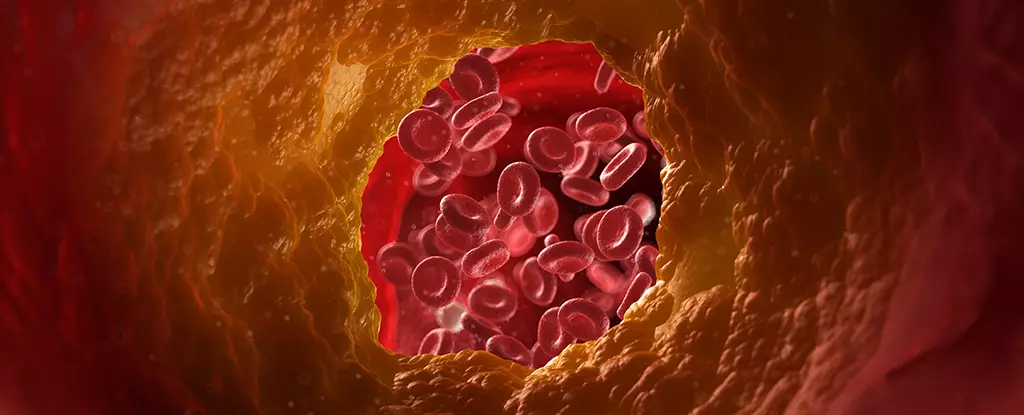A growing body of research reveals a stark reality about cardiovascular disease: it remains one of the leading causes of mortality across the globe. Much of this is attributed to a common vascular condition known as atherosclerosis, characterized by the accumulation of plaque in the arteries. This, in turn, poses significant risks for heart attacks and strokes. However, the recent development of a novel therapeutic technique using carbon nanoparticles may hold the key to revolutionizing how we combat this pervasive health crisis.
Atherosclerosis occurs when fatty substances, such as cholesterol and cellular debris, accumulate in the arterial walls, forming plaques that hinder blood flow. As these plaques grow, they not only narrow the arteries but can also lead to inflammation, resulting in stiffened and weakened arterial walls. This condition can lead to a variety of cardiovascular issues, including heart attacks, which result when blood flow to the heart is obstructed. To mitigate these risks, medical professionals have emphasized the importance of not only lifestyle changes—such as improved diet and increased physical activity—but also innovative medical interventions.
Researchers from Michigan State University and Stanford University have introduced an innovative technique that employs carbon nanoparticles thinner than a human hair, armed with a specific drug designed to activate immune cells. This groundbreaking approach collects its efficacy from a concept known as efferocytosis—the process by which the immune system clears out dead and damaged cells from the body. Over time, this process can become overwhelmed due to the excessive presence of debris, leading to inflammation and further plaque accumulation in the arteries.
Through meticulously designed experiments involving pig models of atherosclerosis, this multidisciplinary research team successfully demonstrated a significant reduction in plaque levels. They employed positron-emission tomography (PET) scans to track changes in arterial condition and evaluate the inflammatory response pre-and post-treatment. The implications of these findings extend beyond theoretical research, as they demonstrate practical and measurable success in combating atherosclerosis.
One of the striking features of this nanoparticle therapy is its precision. The research revealed no noticeable collateral damage to surrounding healthy cells, which is often a concern with drug therapies that target inflammation. This refinement in targeting is crucial; many existing treatments can inadvertently harm healthy tissue, leading to side effects such as anemia. Lead researcher Bryan Smith noted that their findings showcased a lack of anticipated side effects, suggesting that their nanoparticle agents performed with exceptional accuracy.
What is equally significant is the scalability of this nanoparticle therapy. By increasing the production of these tiny therapeutic agents to a level sufficient for human application, the researchers have paved the way for future clinical trials. This advancement marks an important step in translational medicine, where research concepts swiftly move from laboratory investigations to real-world applications.
The Path Forward: From Animal Models to Human Trials
With successful outcomes in pig models, the research team is now targeting the next phase: human clinical trials. This transitive stage is critical as it allows researchers to understand how the therapy interacts much more closely in a complex human body, which presents a different set of biological dynamics than animal models. If successful, this novel approach could provide a significant new tool in the ongoing fight against cardiovascular disease.
While lifestyle changes remain essential in cardiovascular health, the development of targeted therapies like this one could offer patients an additional line of defense against the debilitating effects of atherosclerosis. As research progresses and we move closer to the application of this nanoparticle therapy in humans, the outlook for cardiovascular disease management could indeed be transforming.
Ultimately, the work being conducted sheds light on the potential of intelligently designed therapies that harness nanotechnology in promoting better cardiovascular health. The combination of precise targeting, impressive efficacy, and safety could lead to a new era in how we manage arterial health, potentially saving countless lives in the process. As the research unfolds, the medical community watches with eager anticipation for what this breakthrough could mean for patients worldwide.


Leave a Reply